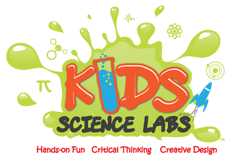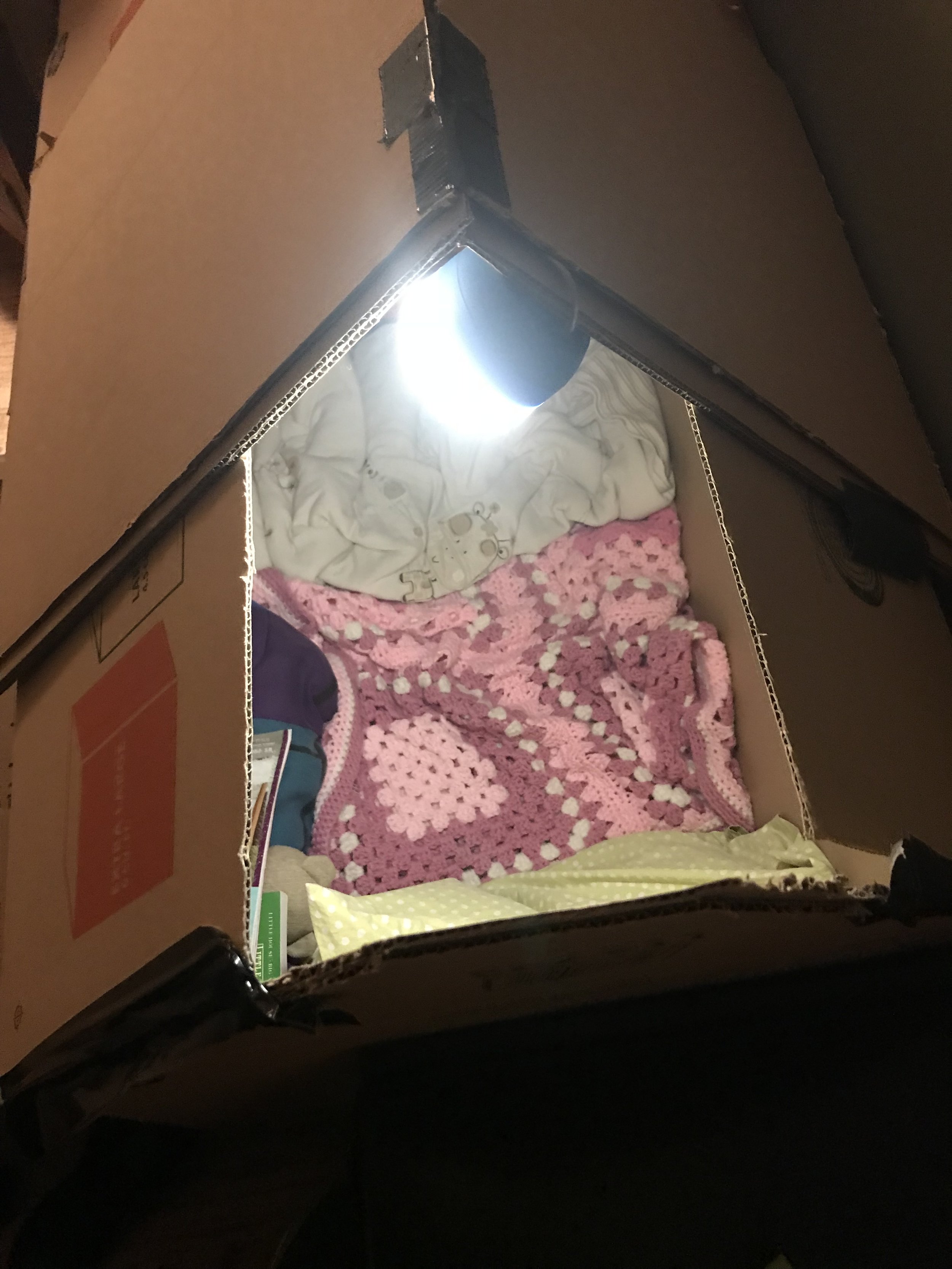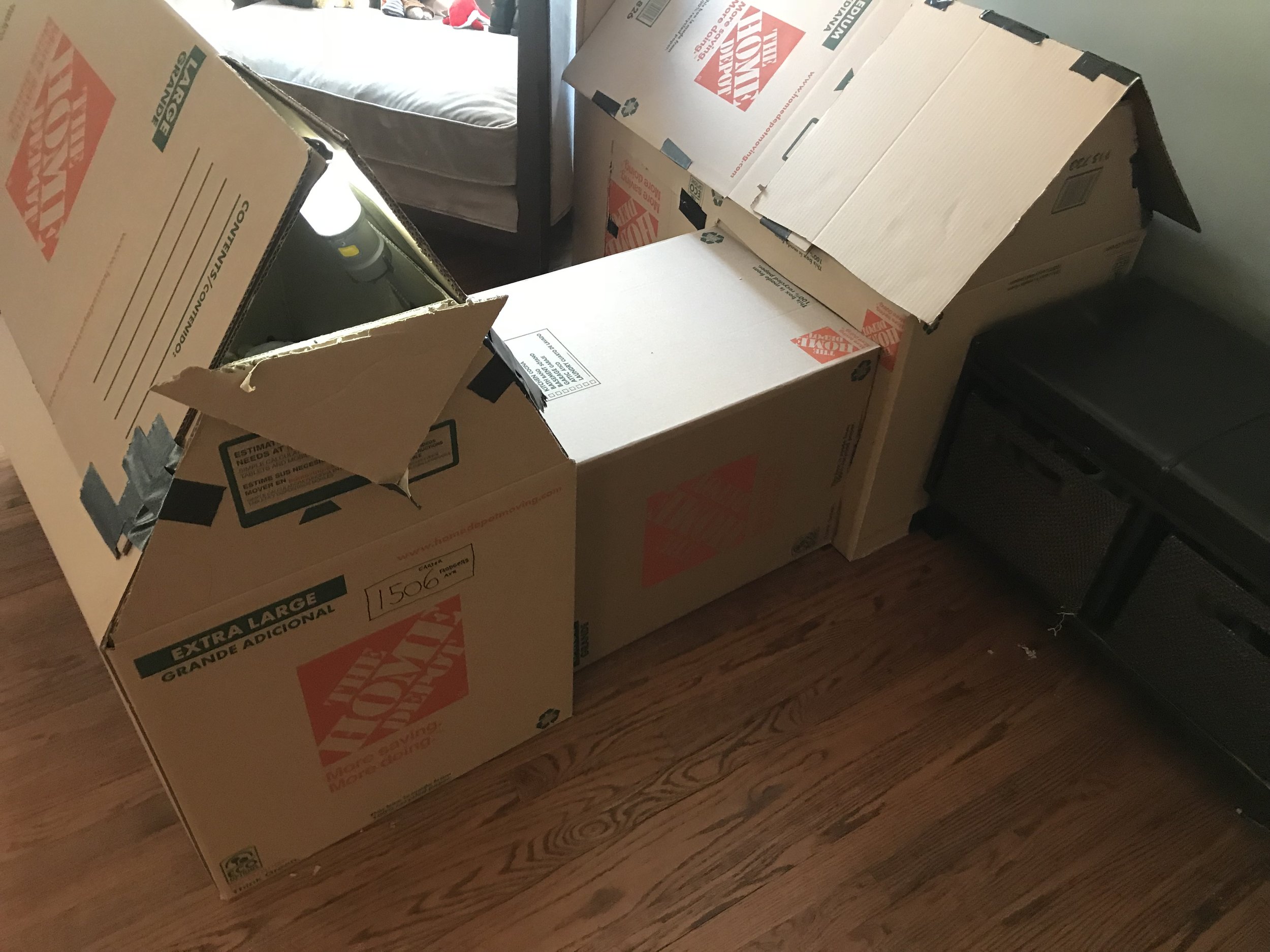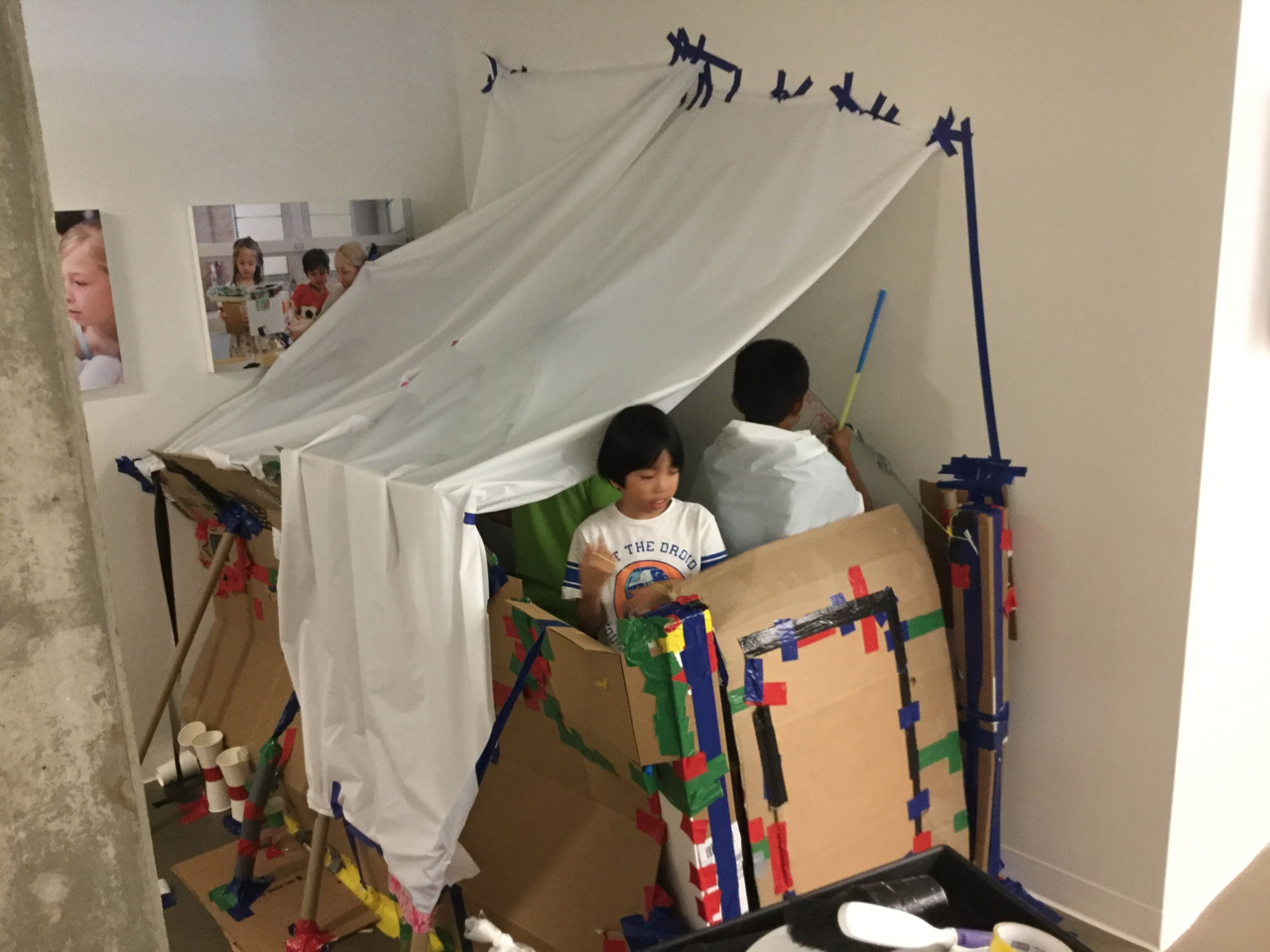Confidence
I have been thinking quite a bit about this word lately because this feeling is so important in our lives. It is such an interesting and thought provoking word.
We all want our kids to be confident and it is why we (as parents) constantly seek programs they will love – it might be music, soccer, gymnastics, dance, baseball, and science. We want them to find their passion in life and to find it they have to be open to trying things that are hard, challenging, and sometimes scary.
Confidence give us the courage to try something daunting, it gives us strength in moments of self doubt, it allows us to persevere when others (or our mind) tell us “you can’t”, and it allows us to find our passion.
It turns out that there is data proving how critical and formative confidence can be in our lives. What has been found is a concept called “relative deprivation” – basically how we feel about our abilities in relation to our peers.
“What matters, in determining the likelihood of getting a science degree, is not just how smart you are. It’s how smart you feel relative to the other people in your classroom.”
Think about that quote for a second, the likelihood of graduating with a highly sought after degree, depends on how you feel about yourself. How you feel about your abilities – your self-perception of your academic skills influences your willingness to tackle challenges, finish difficult tasks, and persevere.
And why does that matter? Well, we all want our kids to have a successful and meaningful career. We cannot convince or motivate them to finish a STEM degree, but we can give them the tools to enjoy it and remain resilient in the face of the obstacles they will encounter.
“More than half of all American students who start out in science, technology, and math programs (STEM) drop out after their first or second year of college. Even though a science degree is just about the most valuable asset a young person can have in the modern economy.
That is a major reason that there is a shortage of qualified educated scientists and engineers in the United States.”
Which brings me full circle to Kids Science Labs. As parents, it is very cool to see the amazing projects our kids create each week and to hear them speak about concepts like “viscosity” & “tension” that they really have a handle on. What is harder to comprehend are the long term benefits of exposing kids to science and problem solving when they are young and their most creative. And allowing them to tinker, innovate, make mistakes, and create their own designs.
There is something about solving a problem that is deeply satisfying – from fixing a leak to understanding integrals. This can happen during the little moments at home when we encourage our kids to keep trying to solve a problem or finding programs where our kids are both challenged and feel safe to make mistakes. Confidence to solve problem matters and it can be one of the most valuable investments you make in your children.
As my 5 yr old daughter said to me one Friday night when I asked her why she wanted to build an airplane, “because Daddy…..I am a builder and a scientist”. That moment will always be with me as a Dad.




















